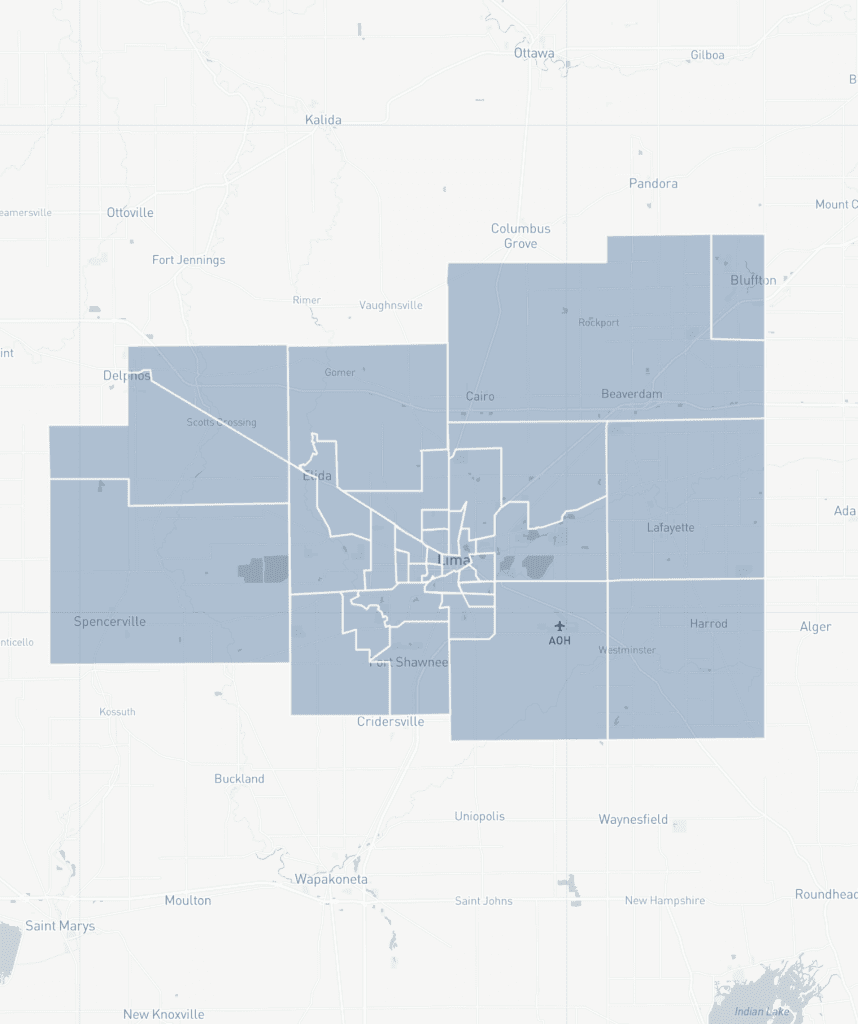Ready to Quit Smoking?
Join our Tobacco Cessation Program and start your Quit journey, FREE of charge!
#WeAreActivated
Activate Allen County is a public health initiative committed to improving the health of all Allen County residents.
At Activate Allen County, we are dedicated to having a positive impact on our communities. We want everyone in the area to lead healthier lives and be aware of how their actions can benefit their health – both now and into the future! Our videos focus around inspiring people with knowledge about healthy choices at every level.
Sign Up for our Newsletter for healthy tips and the latest news

Allen County's Community Health Atlas
Explore Allen County’s Community Health Atlas for current data regarding the health of our region. Mercy Health, Allen County Public Health, Activate Allen County & our partner agencies believe data should be accurate, transparent, and easy to understand.
The Allen County Health Atlas was created so that you can review, explore, and compare health-related data over time and across communities throughout Allen County. In addition, the Allen County Health Atlas provides a place for residents to see our progress implementing our county’s Community Health Improvement Plan to improve health equity across our region.
Our hope is that you will use this data to both better understand health in Allen County and identify opportunities to improve health and well-being. The Allen County Health Atlas is, by design, an evolving tool. Through new partnerships, improved data, and continuous updates to the site, we will be better equipped to understand and improve our county’s health.

What's Happening
Chili for Charity
Eat Lunch for a Local Cause!
In order to respond to current and emerging challenges related to mental and behavioral wellness in our community, Activate Allen County and the Mental Health and Recovery Services Board of Allen, Auglaize and Hardin Counties (MHRSB) are partnering to provide Community Mini-Grant Funds. These funds will be awarded at this luncheon where participants pay $10 for a Happy Daz chili lunch, hear 4 “pitches” from local organizations who will discuss how they would innovatively use funds to respond to the mental health challenges facing our community, and then vote for the project that they would like to see the funds raised should be awarded to. These quick action mini grants allow for anyone who attends to have a say in how the funds are spent and can see the positive work that their money is doing in our community. We hope that you find this new idea as exciting as we do! Use the link below to get your ticket today!
But that's not all!
We are looking for community agencies and organizations who have innovative ideas to reduce the impact of mental illness and/or addiction on individuals and families. If you do, we need you to consider applying for these funds to enhance the great work that you are already doing! Please submit your application to be included in the 2024 Chili for Charity Event. With the support of the Mental Health Board, projects will be awarded between $2,000-$7,000, with the winner of the participant vote also leaving with all the money raised from the $10 entry fee. The deadline for applications to be submitted for a spot to present your idea is February 9, 2024. For questions contact Josh & Kayla at 419-222-6045
